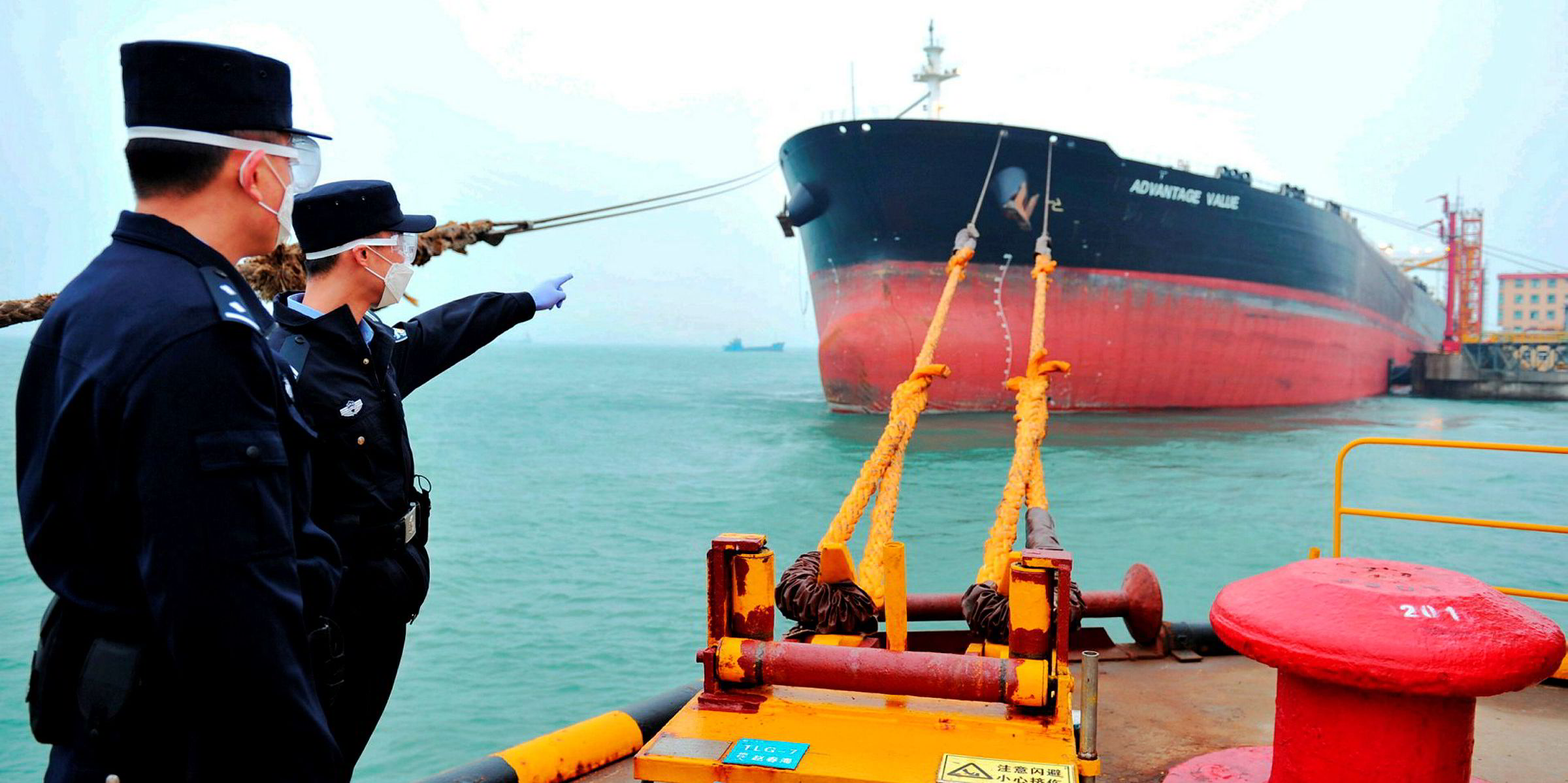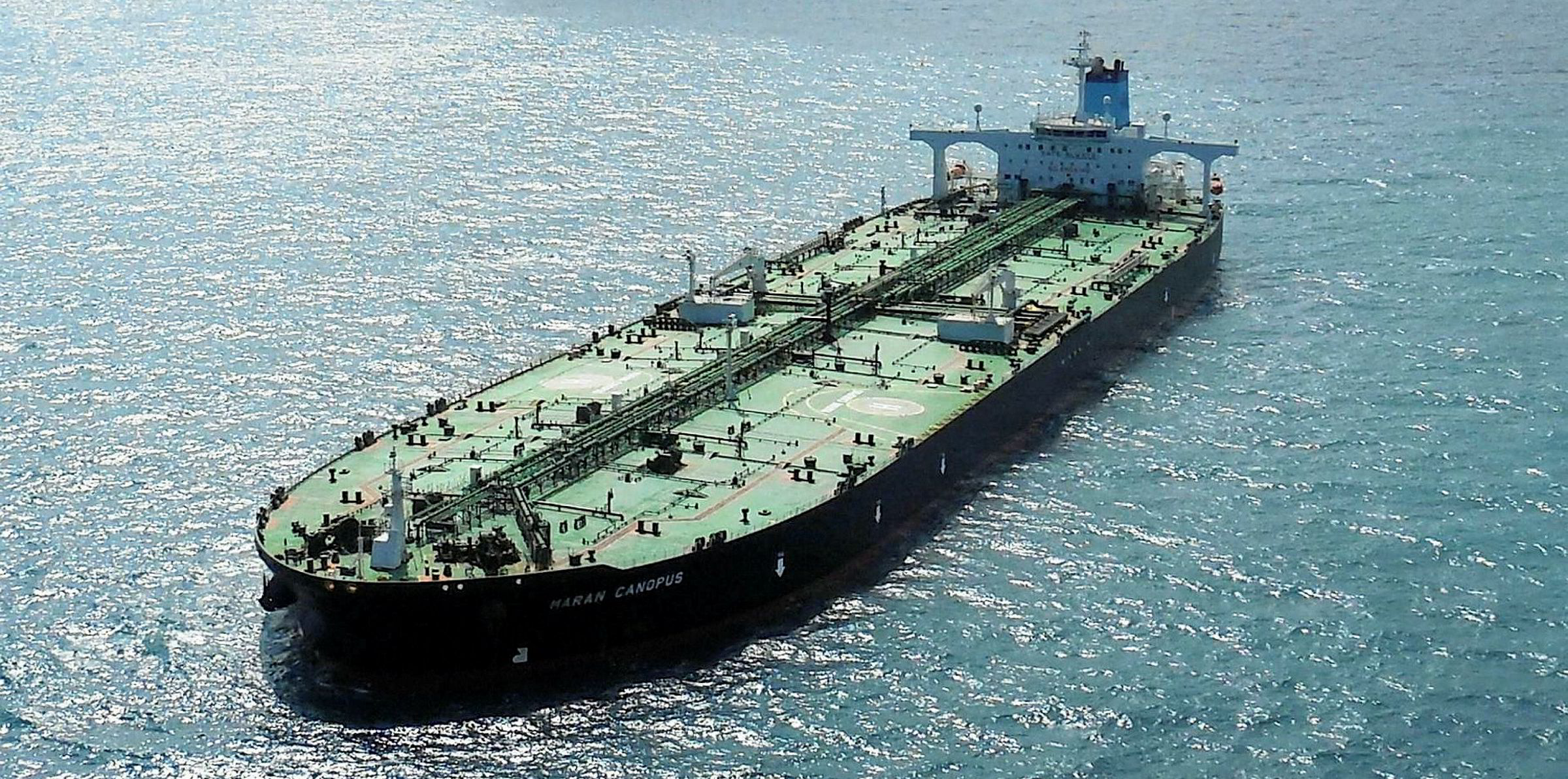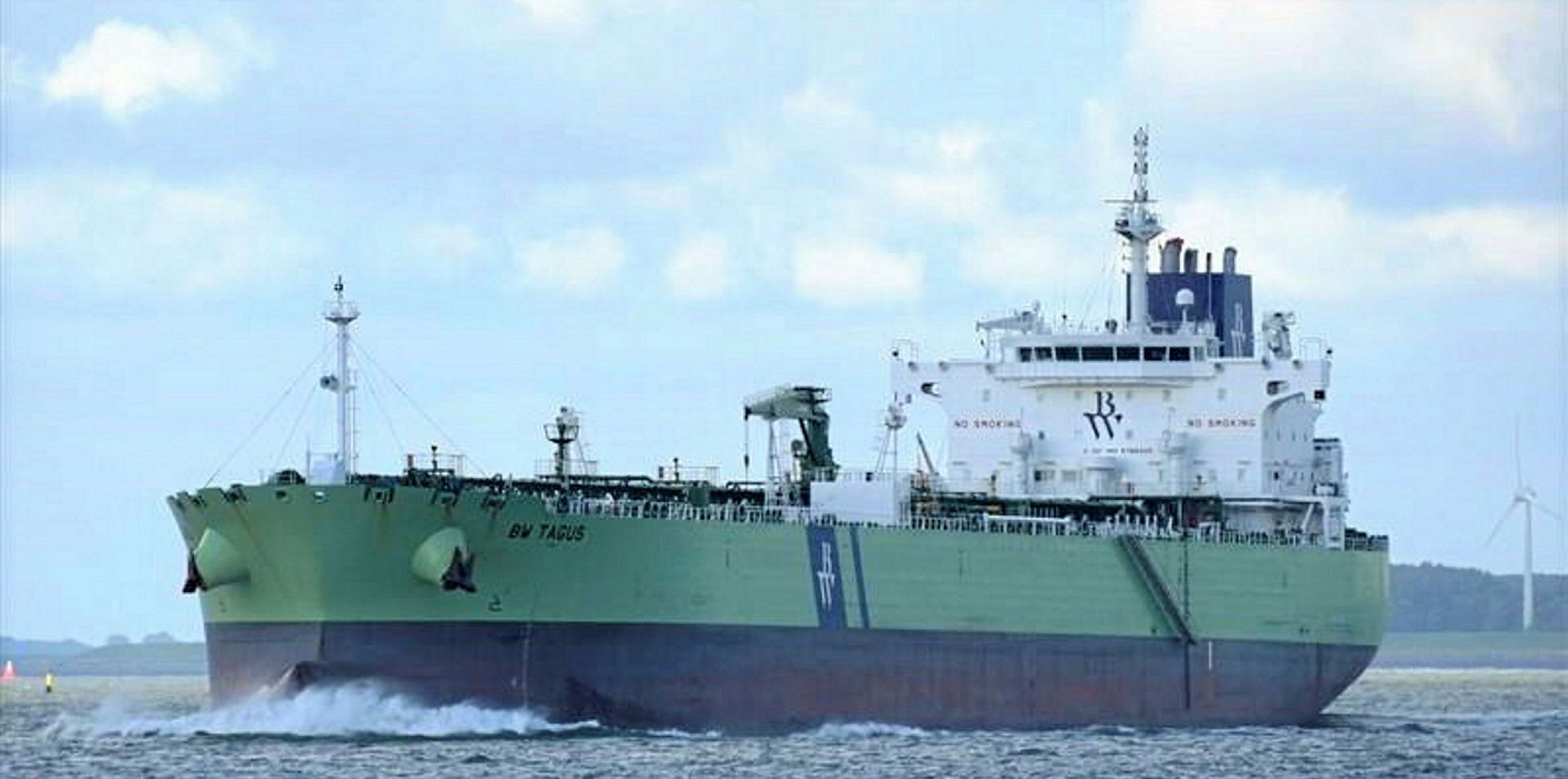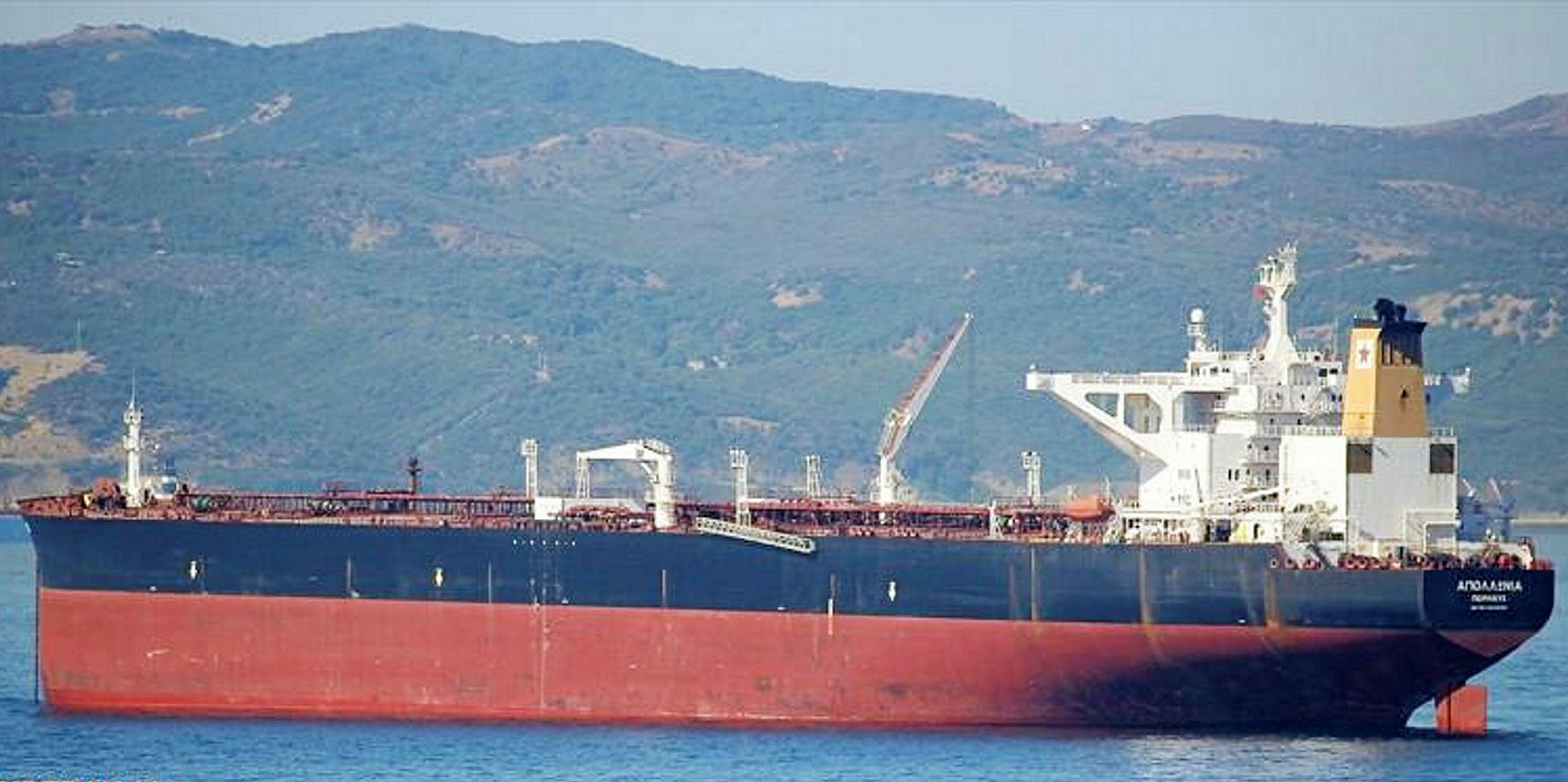A record volume of oil is being floated off China due to prolonged congestion — and tanker markets are feeling the pinch as refiners in the world’s largest seaborne crude importing nation are cutting purchases.
While the congestion was initially seen as a bullish factor with large tonnage being tied up, sentiment has become lacklustre lately as Chinese charterers are pulling back from the spot trade.
“No one wants to charter ships only to pay demurrage on vessels stuck queuing for weeks, which will give people pause for thought,” Banchero Costa head of research Ralph Leszczynski said.
Figures from Braemar ACM showed that the average waiting time for VLCCs in China reached 20 days at the start of last week, compared with less than 17 days at the end of May.
Buoyant margins
The lengthening queue came after Chinese refiners went on a buying spree in April and May, when their production margins were buoyant due to a collapse in international crude prices.
Customs data cited by various media outlets showed that China imported nearly 48m tonnes of crude in May, an all-time high.
After weeks of high tanker arrivals in adverse weather, many vessels have been kept at sea awaiting further discharge orders, market players suggested.
According to Kpler, the amount of crude stored off China for seven days or more reached a record 80m barrels on 28 June before easing to 73.5m barrels at the beginning of this week.
Data from IHS Markit revealed that about 50 laden VLCCs have been anchored in East Asia for seven to 14 days, even though less tanker tonnage is now deployed for long-term storage.
“China have taken a lot of crude in recent months. Even the world’s most aggressive buyer may have a few troubles getting all the land-based logistics to work in sync with sea-based logistics at this scale,” Bimco chief shipping analyst Peter Sand said.
Even the world’s most aggressive buyer may have a few troubles getting all the land-based logistics to work in sync with sea-based logistics at this scale
Bimco's Peter Sand
“I would term most of the congestion ... logistical floating storage, not speculative floating cargoes.”
Congestion has been most severe in Qingdao, the main oil terminal of Shandong province, home to China’s largest cluster of independent refineries.
Kpler data suggested 23 tankers totalling 4.32m dwt were waiting at the port as of Monday, compared with 12 vessels of 2m dwt two months ago.
“A lot of traders and majors have not discharged their cargoes for independent refineries,” a Chinese charterer said. “I think the congestion may last until the end of July or the beginning of August.”
IHS liquid bulk principal analyst Fotios Katsoulas said: “Oil demand has been slowly recovering in some regions, which should motivate traders to pull oil out of floating storage. But high congestion could prove strong enough for some of these cargoes not to be discharged by the end of July.”
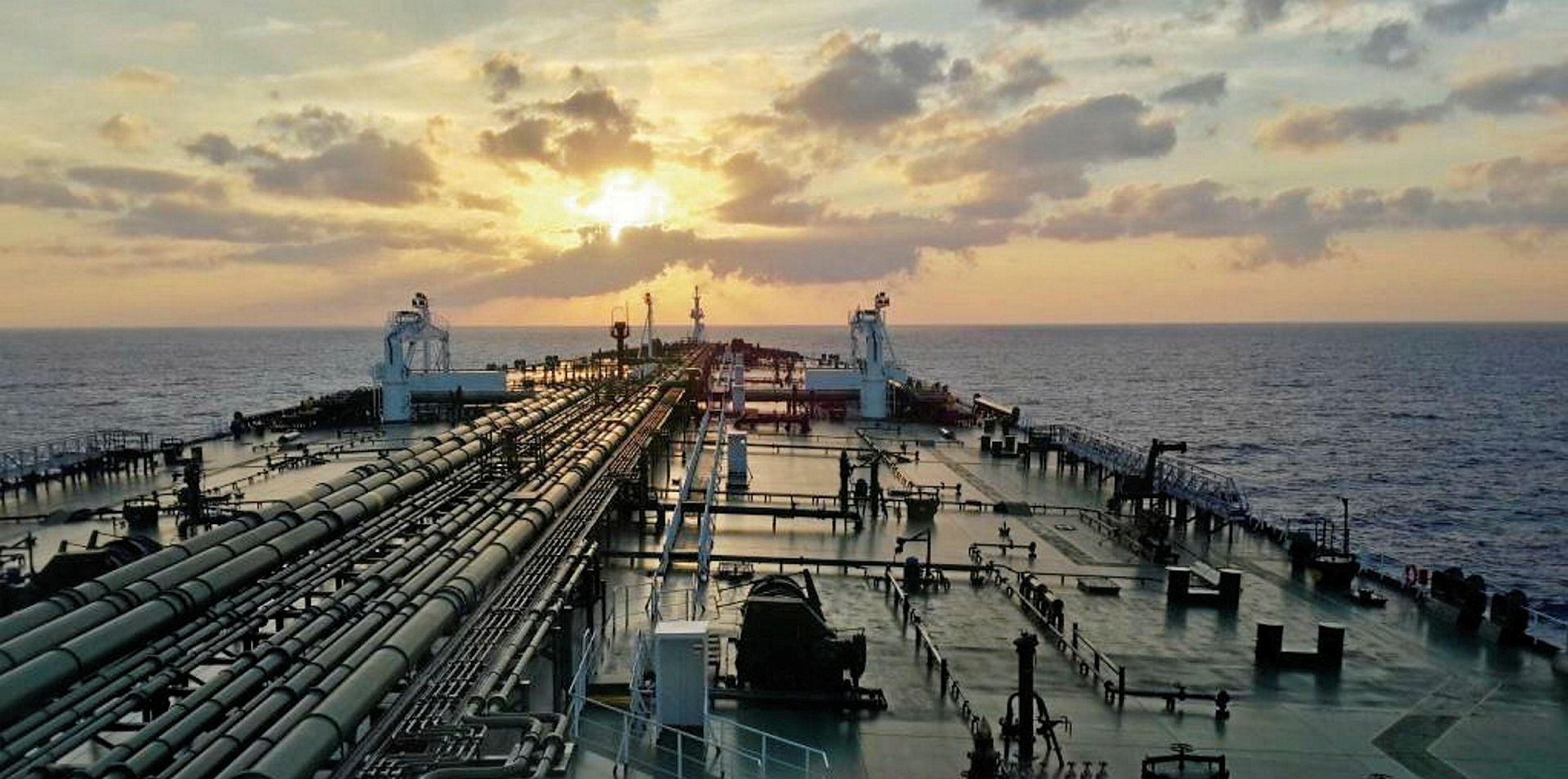
Contrarian view
Congestion in China has also caused the average speed of laden VLCCs to drop below 10 knots, according to IHS. “Ship operators have been realising that congestion in China increases and had no reason to rush, as delays at ports would not be avoided,” Katsoulas said.
Refining margins in China have been falling due to the recovery in crude prices, while the country has found limited overseas demand for its clean petroleum products (CPP) during the Covid-19 pandemic.
According to Kpler, China’s CPP exports fell to 506,000 barrels per day (bpd) in June from 1.06m bpd in March, with reduced shipments to all major destinations.
“Lower margins are likely to mean Chinese refinery runs will flatline at May’s levels in the best case, or, more likely, come off their May highs in the months ahead,” Braemar regional head of tanker research (East of Suez) Anoop Singh said.
“The consensus view also is that in the absence of the contango in the crude forward curve, refiners will pull crude out from stocks, limiting their imports in turn.”
However, holding a more contrarian view, Singh suggested that China will keep imports high to build up its strategic reserve amid a still-low oil price, escalation of tensions with the US and a large amount of storage capacity being commissioned.
No short-term change
“There is little chance of vessel arrivals dropping off dramatically in the next two to three months or of onshore stock drawing quickly,” he said.
“With crude availability in the Middle East limited under the ongoing Opec+ supply cuts, China is likely to source more of the crude from farther west, which will increase the total voyage days for Chinese crude imports.
“As a result, TD3C [the Middle East Gulf-China VLCC spot trade] is likely to be stronger in the third quarter than the $20,000 per day that the forward curve currently suggests.”
TD3C earnings were assessed at $26,119 per day by the Baltic Exchange on Monday, up by nearly $6,000 from last Friday but still nearly halved from early June.
